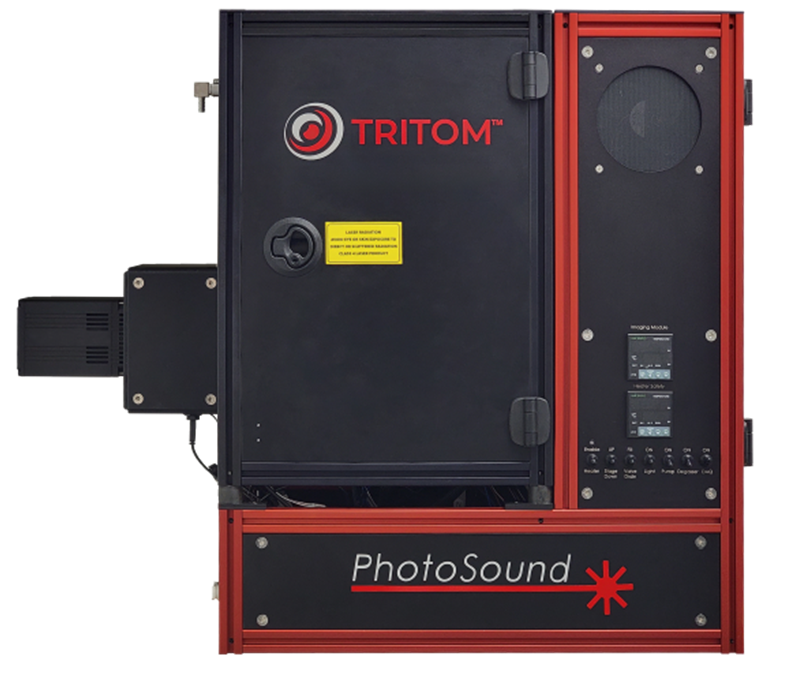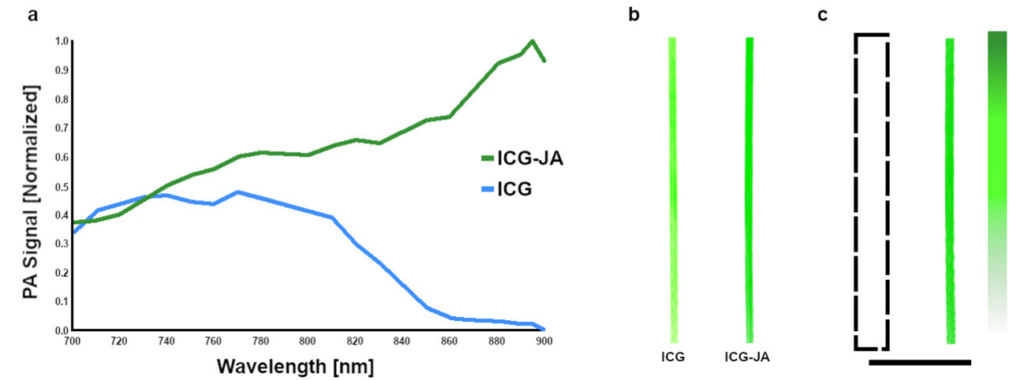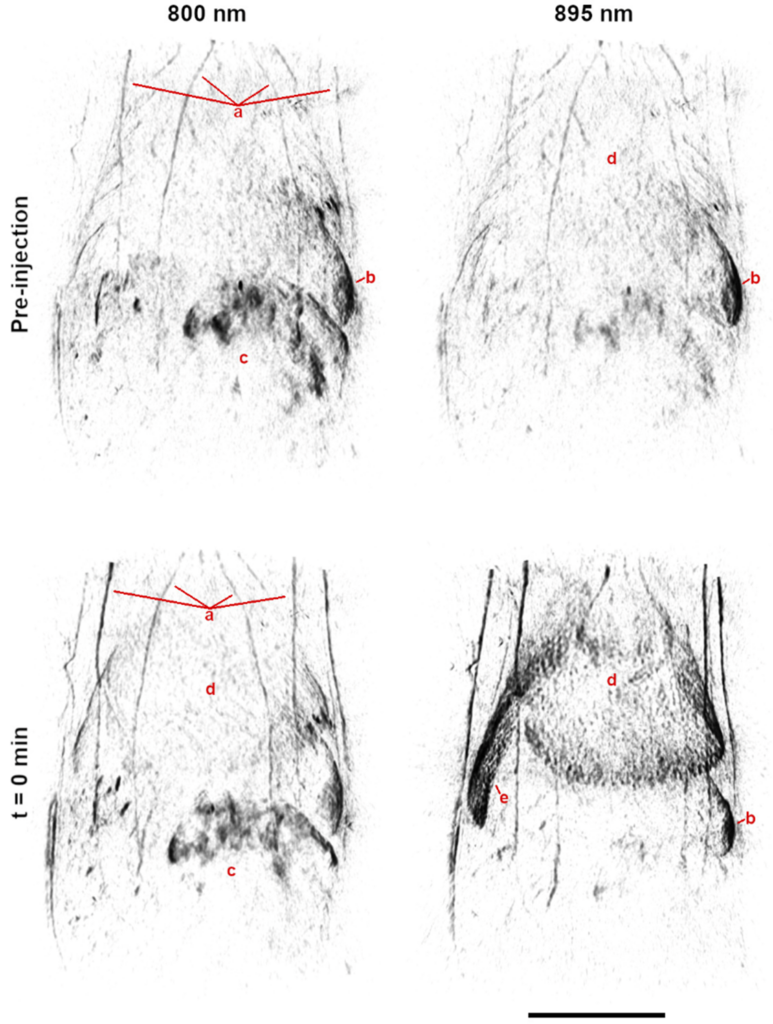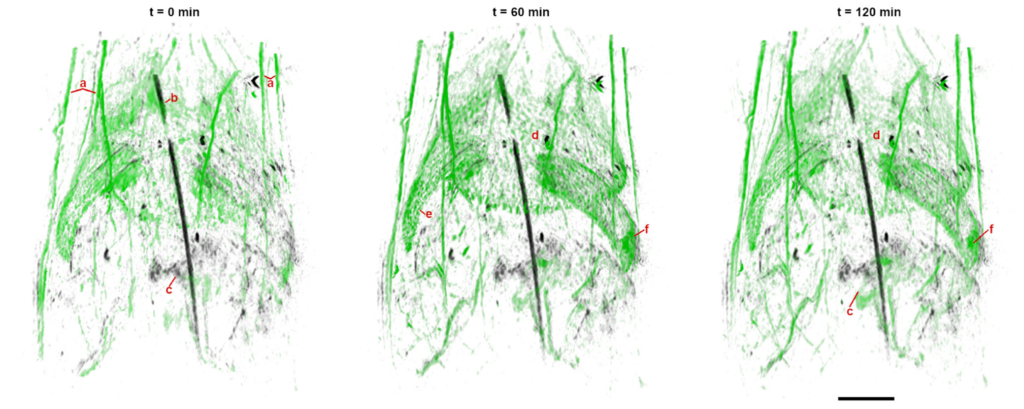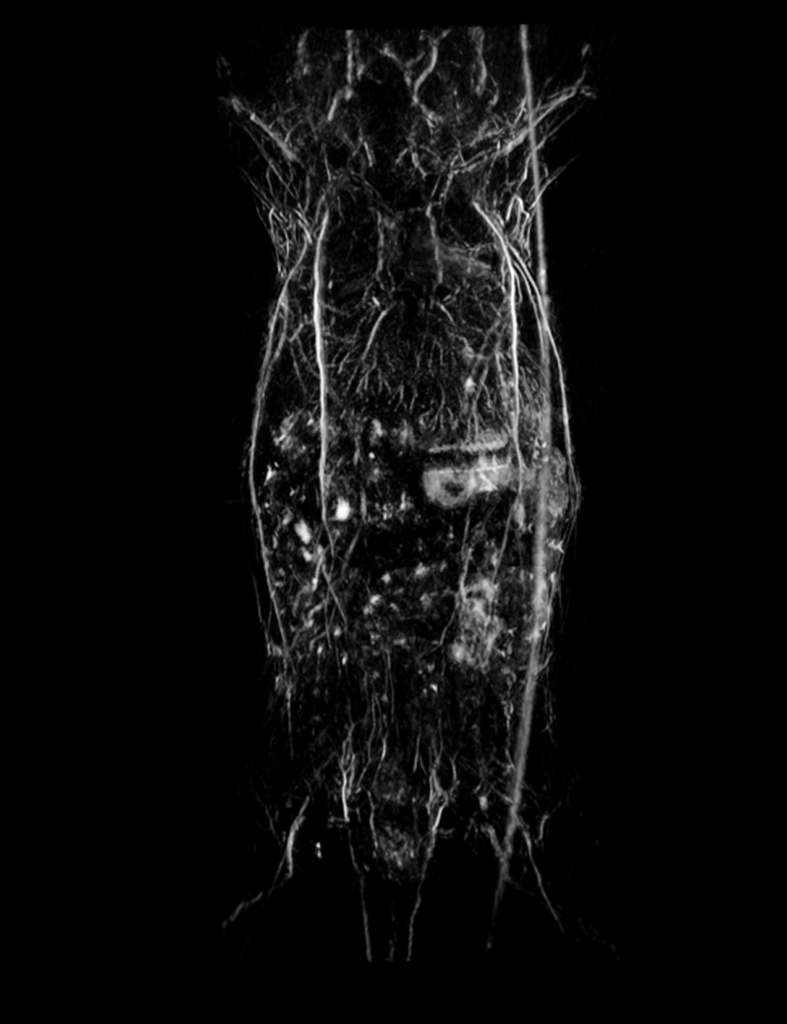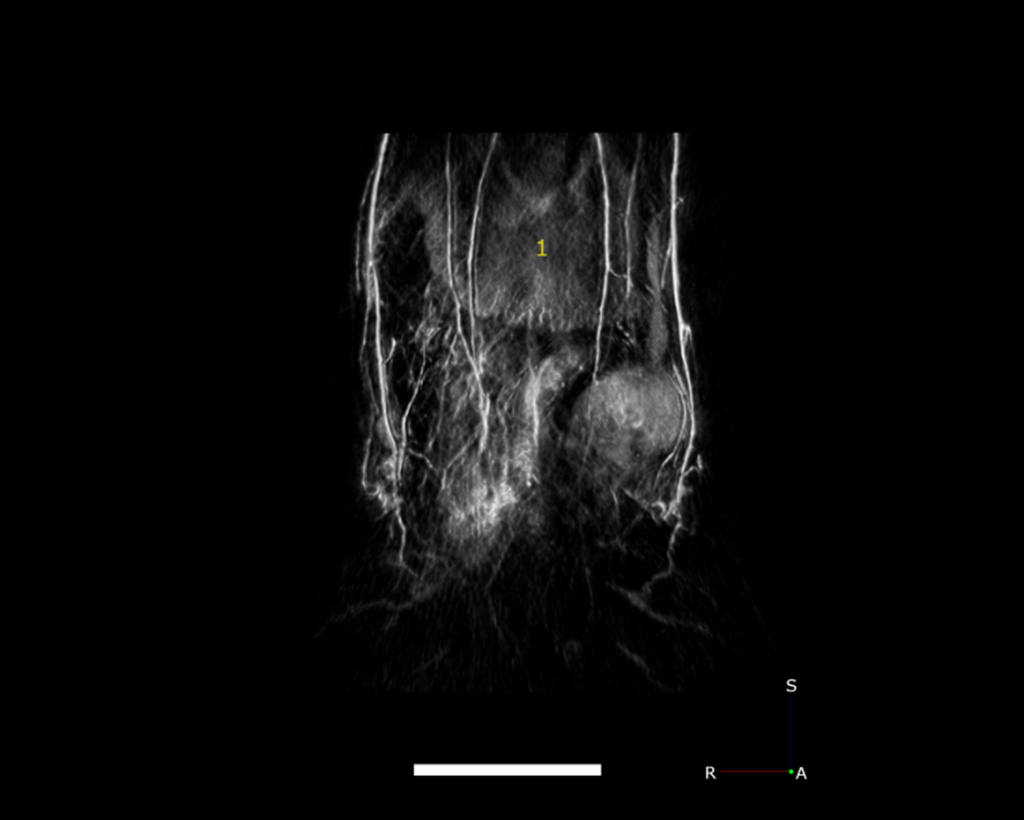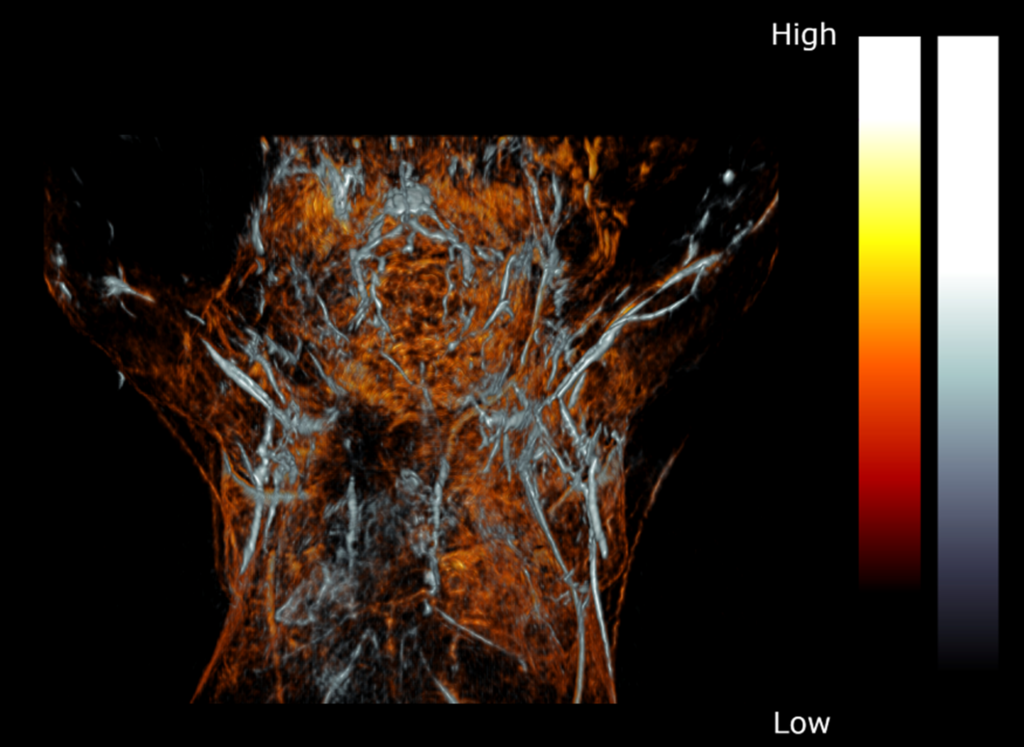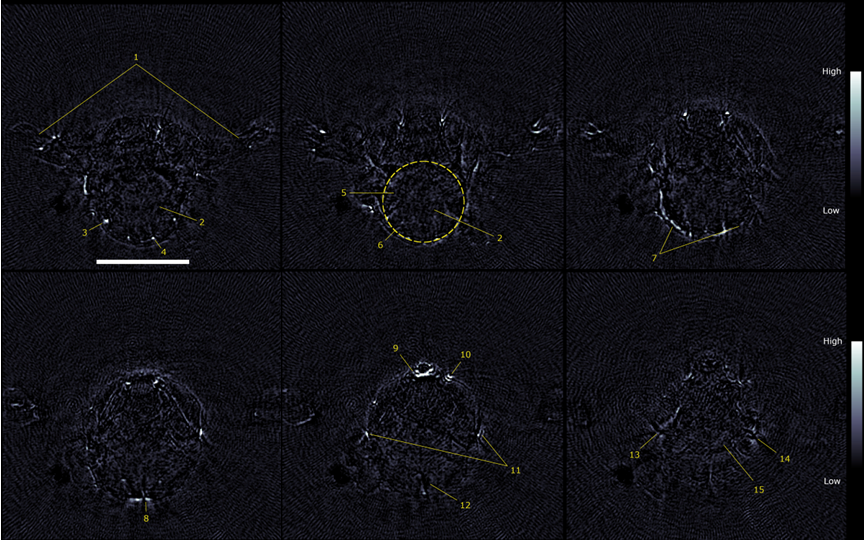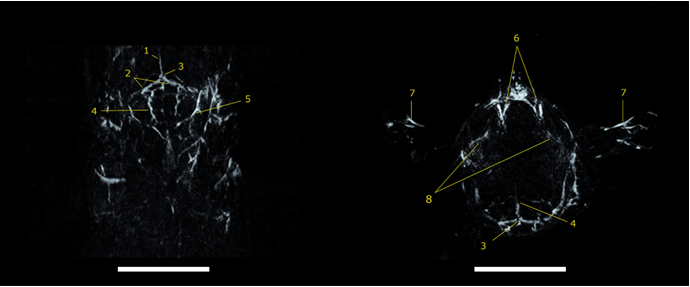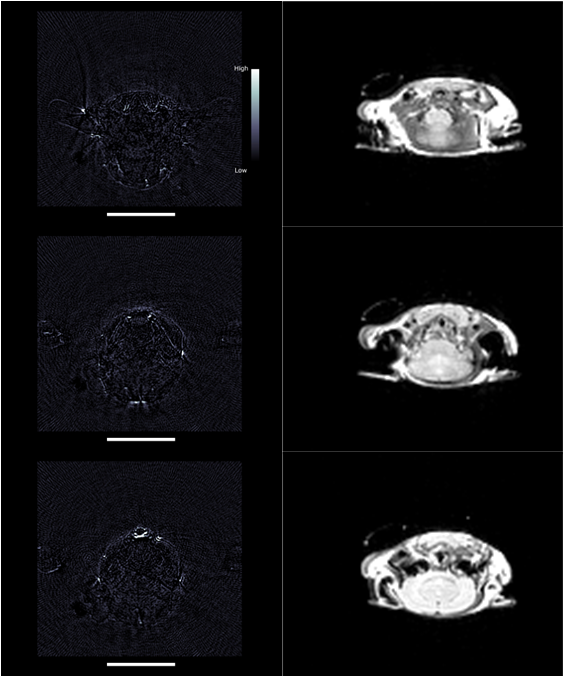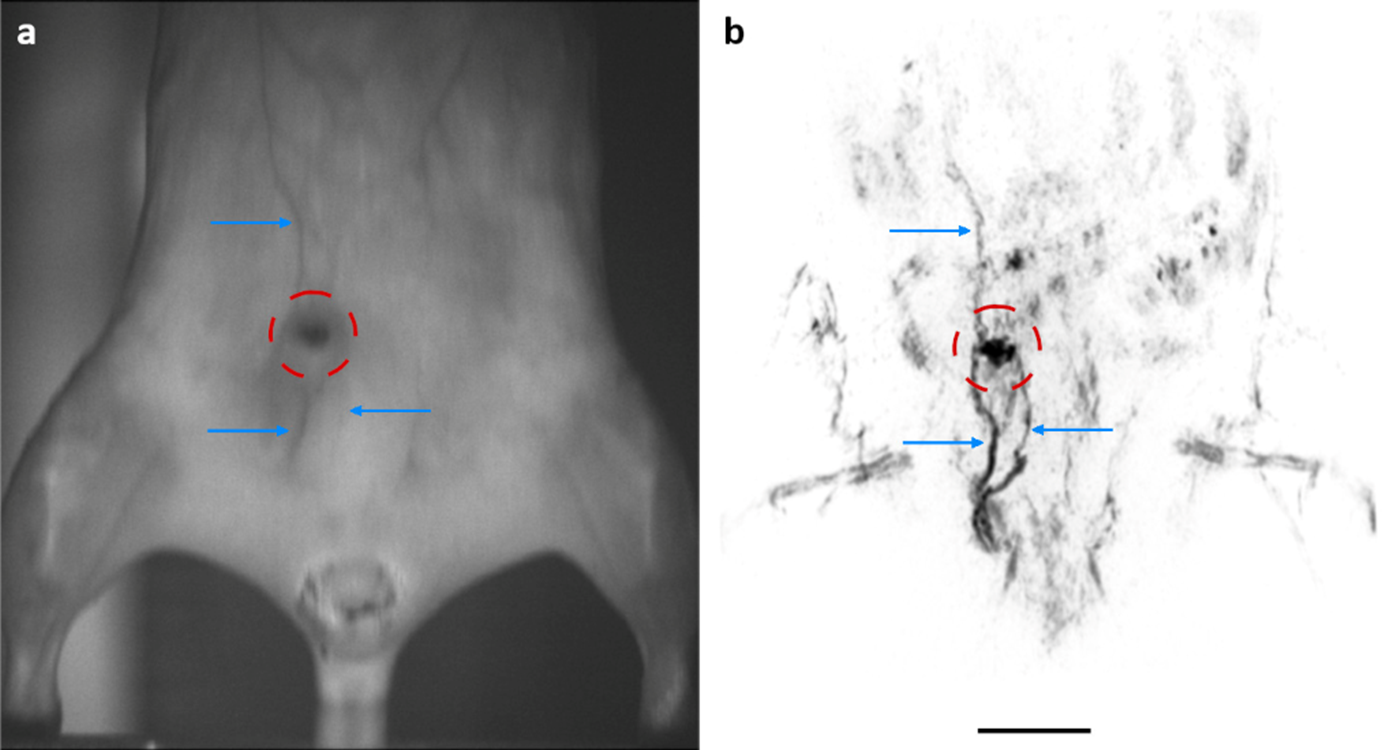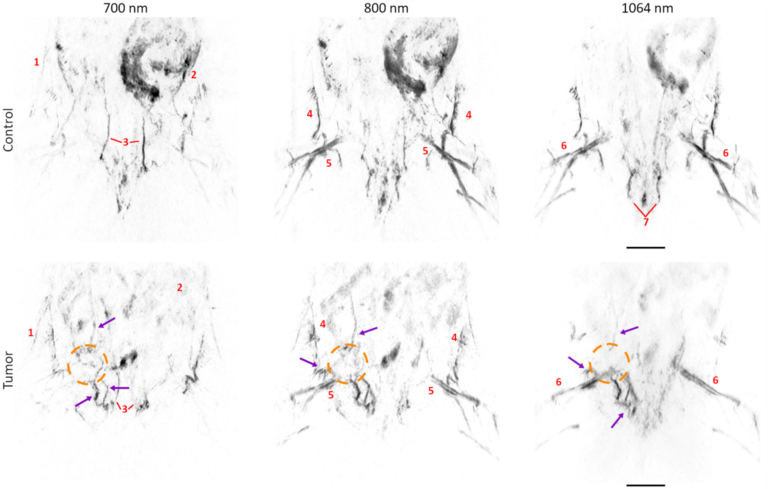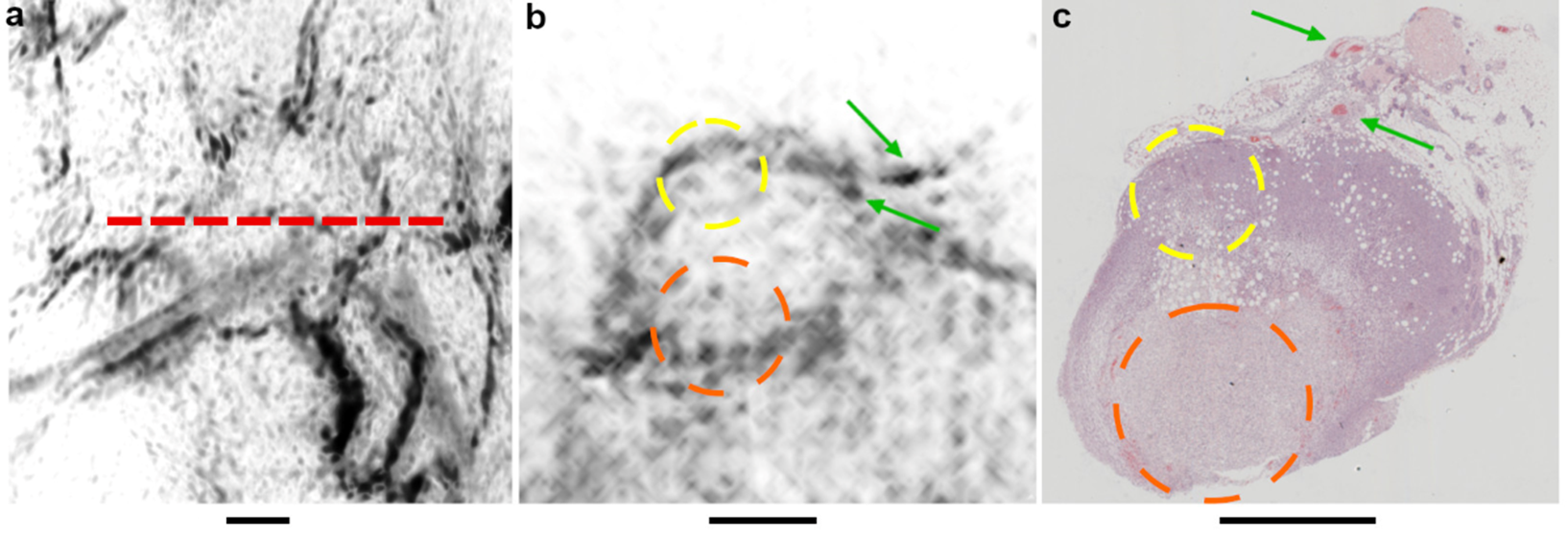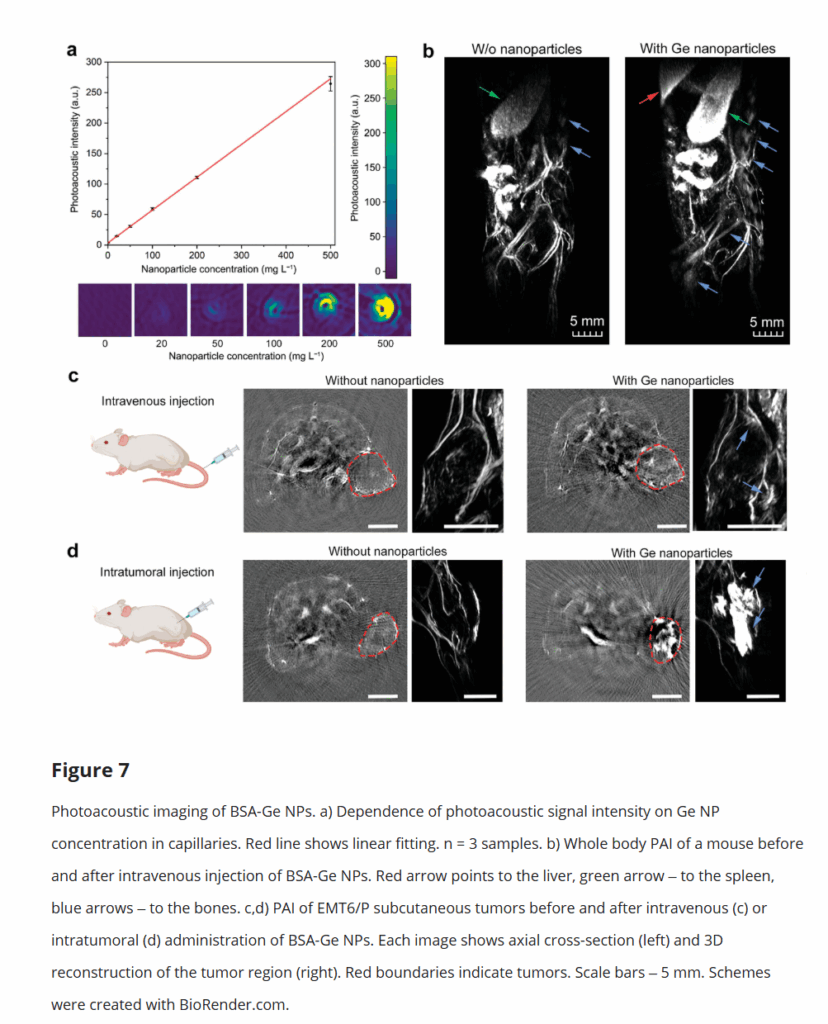Authors: Siqi Wang, Gilberto Gonzalez, Leshan Sun, Yifei Xu, Prabodh Pandey, Yong Chen & Shawn (Liangzhong) Xiang
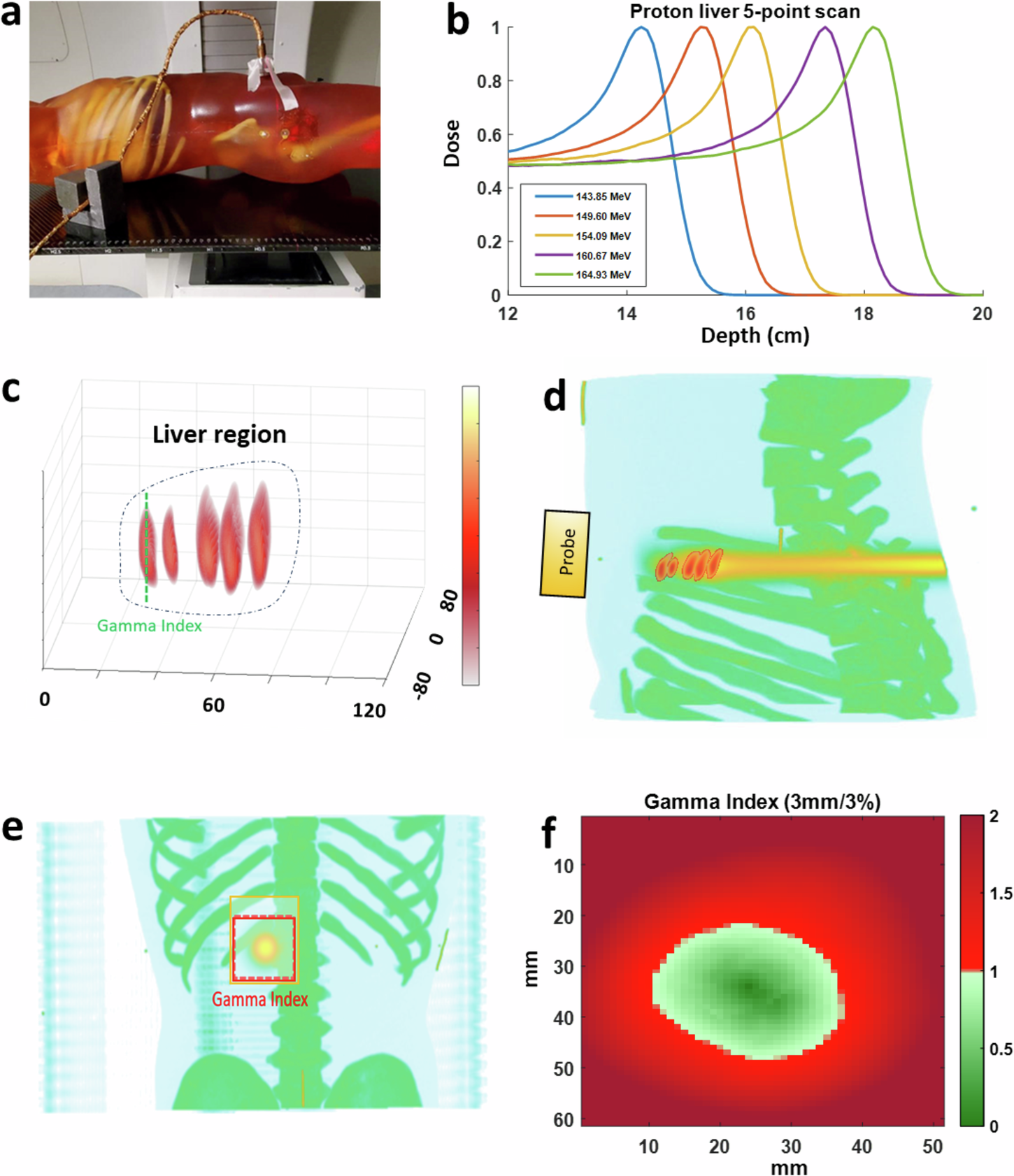
ABSTRACT
Proton radiotherapy favored over X-ray photon therapy due to its reduced radiation exposure to surrounding healthy tissues, is highly dependent on the accurate positioning of the Bragg peak. Existing methods like PET and prompt gamma imaging to localize Bragg peak face challenges of low precision and high complexity. Here we introduce a 3D protoacoustic imaging with a 2D matrix array of 256 ultrasound transducers compatible with 256 parallel data acquisition channels provides real-time imaging capability (up to 75 frames per second with 10 averages), achieving high precision (5 mm/5% Gamma index shows accuracy better than 95.73%) at depths of tens of centimeters. We have successfully implemented this method in liver treatment with 5 pencil beam scanning and in prostate cancer treatment on a human torso phantom using a clinical proton machine. This demonstrates its capability to accurately identify the Bragg peak in practical clinical scenarios. It paves the way for adaptive radiotherapy with real-time feedback, potentially revolutionizing radiotherapy by enabling closed-loop treatment for improved patient outcomes.

